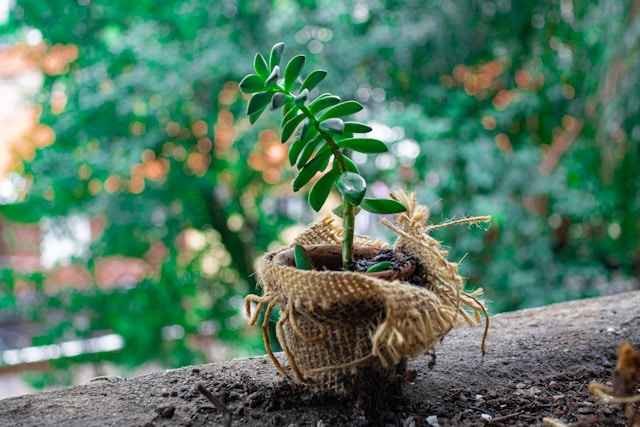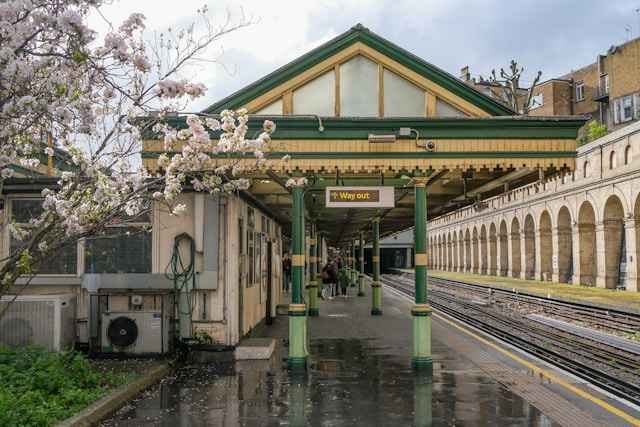For any growing business, first impressions matter. Your commercial property’s exterior is the first thing clients, partners, and employees see. While a pristine lawn might seem like the gold standard, traditional landscaping often comes with high environmental and financial costs. Enter sustainable landscaping—a smarter, eco-friendly approach that not only enhances curb appeal but also reflects a commitment to corporate responsibility.
Adopting sustainable practices doesn’t mean sacrificing aesthetics. It’s about creating a beautiful, resilient, and low-maintenance landscape that benefits your business and the environment. This guide will explore practical ways to implement sustainable landscaping, helping you create a green space that aligns with modern values and saves resources in the long run.
1. Embrace Native and Drought-Tolerant Plants
One of the most effective strategies for sustainable landscaping is using native plants. These are species that have evolved in your local climate and soil, making them naturally resilient and low-maintenance. Because they are adapted to the local environment, native plants require significantly less water, fertilizer, and pesticides than non-native species. For instance, businesses in arid regions can reduce their water consumption by up to 60% or more by switching from traditional turf grass to drought-tolerant native plants. This not only conserves a precious resource but also lowers your monthly water bills.
When selecting plants, consider visiting a local tree nursery in Salt Lake City or your area’s equivalent to find species best suited for your specific conditions. Nurseries can provide expert advice on native trees, shrubs, and perennials that will thrive with minimal intervention, ensuring your landscape remains vibrant year-round while supporting local biodiversity.
2. Implement Smart Water Management
Water is a finite resource, and efficient irrigation is a cornerstone of sustainable landscaping. Traditional sprinkler systems are notoriously inefficient, often losing up to 50% of water to evaporation and runoff. Upgrading to a smart irrigation system can drastically reduce this waste. These systems use weather data and soil moisture sensors to water only when and where it’s needed.
Another powerful technique is xeriscaping, which involves designing landscapes to minimize water use. This doesn’t mean your property has to be a barren rock garden. A well-designed xeriscape incorporates a variety of textures and colors using drought-resistant plants, mulch, and hardscaping elements like pathways and patios. Grouping plants with similar water needs (a practice known as hydrozoning) further optimizes irrigation, ensuring every drop of water is used effectively.
3. Prioritize Soil Health and Natural Fertilization
Healthy soil is the foundation of a thriving landscape. Instead of relying on chemical fertilizers, which can pollute waterways and harm beneficial microorganisms, focus on building rich, organic soil. Composting is an excellent way to achieve this. By composting landscape trimmings and organic waste from your business, you can create a nutrient-dense soil amendment that improves water retention and provides a slow-release source of nutrients for your plants. This closed-loop system reduces landfill waste and eliminates the need for synthetic fertilizers.
Using mulch is another simple yet highly effective practice. A layer of organic mulch, such as wood chips or shredded bark, helps retain soil moisture, suppresses weeds, and regulates soil temperature. As it breaks down, mulch adds organic matter to the soil, further enhancing its health. Healthier soil leads to stronger, more resilient plants that are better equipped to withstand pests and diseases, reducing the need for chemical interventions.
4. Design for Energy Efficiency and Biodiversity
Strategic landscaping can also contribute to your building’s energy efficiency. Planting deciduous trees on the south and west sides of your building can provide shade during the hot summer months, reducing indoor temperatures and lowering air conditioning costs. In the winter, after they lose their leaves, these same trees will allow sunlight to warm the building, cutting down on heating expenses. According to the Department of Energy, strategically placed trees can save up to 25% of a household’s energy use, and similar principles apply to commercial buildings.
Furthermore, a sustainable landscape can become a habitat for local wildlife. Incorporating a variety of native plants that provide food and shelter will attract birds, bees, and butterflies. These pollinators are essential for a healthy ecosystem and can add life and beauty to your property. Creating a welcoming environment for local fauna demonstrates a deeper level of environmental stewardship and can be a point of pride for your company. By thoughtfully combining these practices, your business can cultivate a landscape that is not only beautiful and cost-effective but also a powerful statement of your commitment to sustainability.







